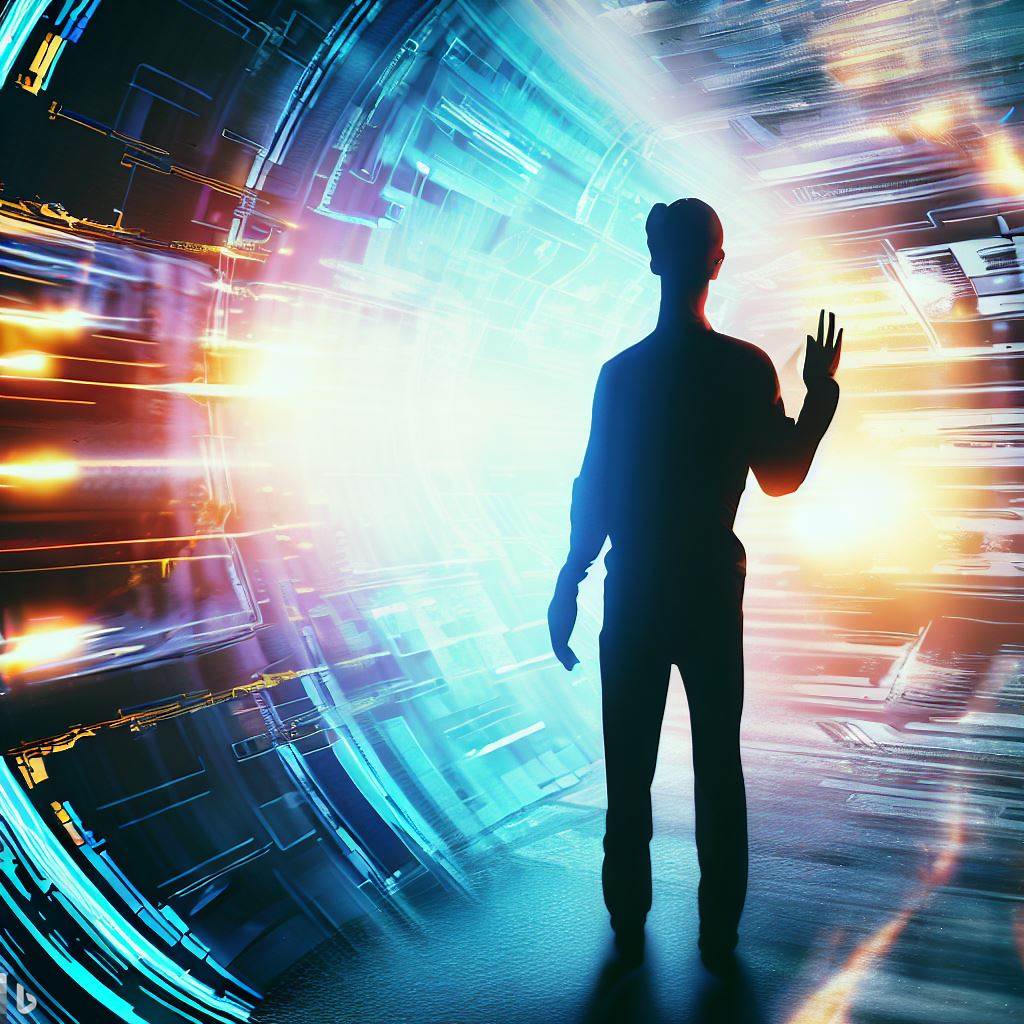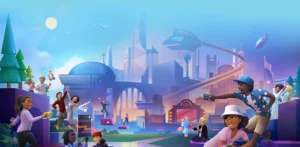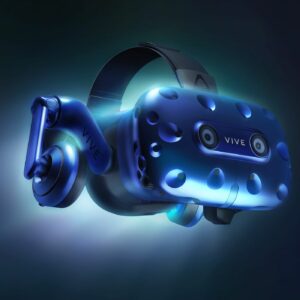VR cannot replicate the complex flavors and textures that come from experiencing food in real life, nor can it provide the multisensory experience and mental and physical health benefits of being immersed in the great outdoors. Technology can supplement real-world experiences, but it cannot replace them entirely.
Hey there, friend! If you’re like me, you’ve probably been amazed by the incredible advancements in virtual reality (VR) technology in recent years. We’ve come a long way from those clunky headsets and pixelated graphics of yesteryear, haven’t we? With VR now being used in gaming, education, and even therapy, it’s hard not to wonder: is there anything virtual reality won’t replace? In this article, I’ll share some personal stories and insights to explore the limits of VR and discuss the irreplaceable experiences that keep us grounded in the real world. So, grab a cup of coffee or something, and let’s dive into the fascinating world of virtual reality!
The Human Connection: Embracing the Real World’s Touch
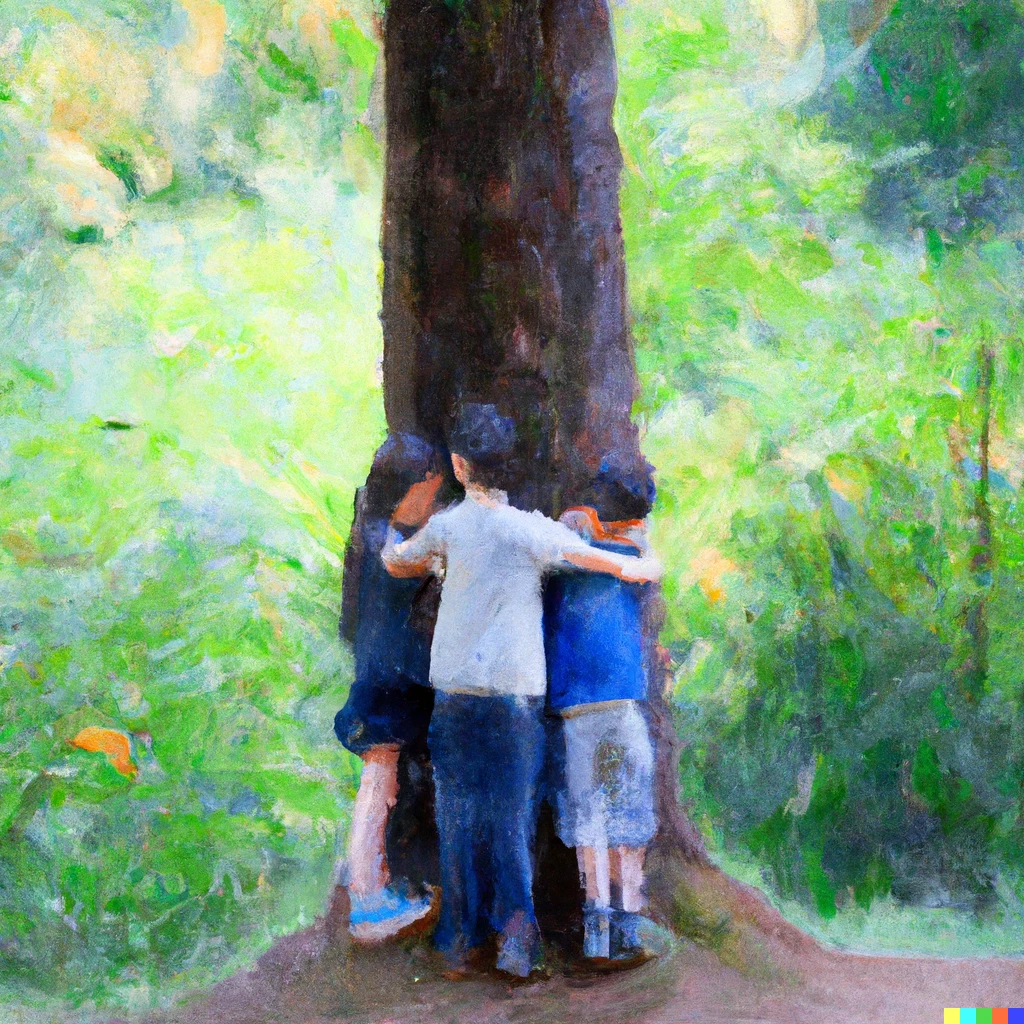
Have you ever had one of those heartwarming moments when you unexpectedly bump into an old friend on the street, or when you share a hug with a loved one after a long time apart? There’s an undeniable magic in those genuine human connections, and as incredible as VR technology is, it simply cannot replicate the depth and warmth of real-life interaction.
The Science of Touch
Research has shown that physical touch plays a crucial role in human bonding, emotional well-being, and even our physical health. In fact, a study by the University of Miami revealed that touch can lower blood pressure, reduce stress hormones, and improve overall immune function. It’s clear that these are benefits that no amount of VR immersion could ever offer.
The Emotional Gap
Now, don’t get me wrong; virtual reality has made some impressive strides in connecting people across vast distances. With VR chat rooms and social platforms, we can “meet” and “hang out” with friends and family from all corners of the globe. However, no matter how advanced the technology, there’s still an emotional gap that separates us when we interact through screens.
A few months ago, I attended a virtual reality party with some friends. While it was certainly a fun and unique experience, I couldn’t help but notice the lack of true emotional depth in our interactions. We laughed and shared stories, but something was missing – that spark that comes from sharing the same physical space with the people you care about.
IRL: In Real Life
Ultimately, virtual reality has its place in our lives, but it’s essential not to lose sight of the importance of nurturing our real-life relationships. Nothing can replace the feeling of a reassuring pat on the back from a friend, the warmth of a hug, or the simple pleasure of sharing a meal with loved ones. In the end, these are the connections that make life truly meaningful, and they’re something that virtual reality will never be able to replace.
So, while we continue to marvel at the advancements in VR, let’s not forget to unplug every once in a while and take the time to truly connect with the people around us – in the real world, where it matters most.
Savoring the Authentic: Food and Travel in a Virtual Age
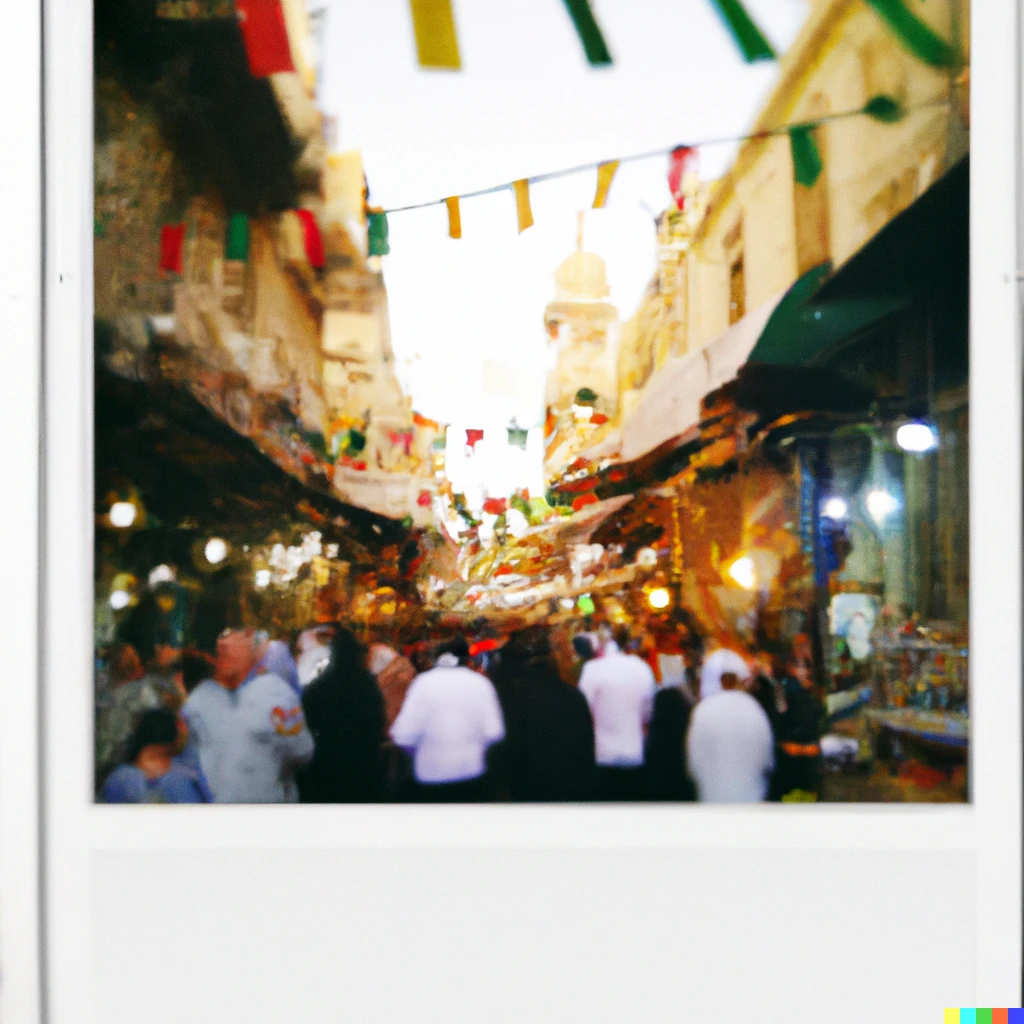
As virtual reality continues to evolve, it’s natural to wonder if it might someday replace the need for real-life experiences like food and travel. After all, VR can transport us to exotic locales or even make us feel like we’re dining in a fancy restaurant. But will it ever truly compare to the real deal? Let’s explore this further.
The Flavor Factor
While it’s true that virtual reality can mimic the visuals and sounds of a fine dining experience, it’s still a far cry from the real thing. There’s just no way for VR to recreate the complex flavors and textures that come from biting into a perfectly cooked dish. Imagine savoring a buttery, flaky croissant in a quaint Parisian café, or sinking your teeth into an authentic Neapolitan pizza. Those are experiences that simply cannot be replicated in a virtual environment.
A Taste of the World
“Food is our common ground, a universal experience.”
James Beard
Food is more than just sustenance; it’s a window into the culture and history of the places we visit. Each bite tells a story of the people, the traditions, and the land itself. Can virtual reality capture the stories behind each dish or the conversations shared over a meal with newfound friends during our travels? Not quite. These are the moments that make travel truly special and memorable.
The Journey is the Destination
When it comes to travel, it’s not just about the destination, but the journey itself. From the anticipation of boarding a plane to the thrill of exploring a new city, there’s a sense of excitement that virtual reality can’t replace. The tactile experiences of strolling through bustling markets, feeling the sand between your toes on a tropical beach, or even the simple act of breathing in the crisp mountain air – these are sensations that can only be experienced in the real world.
| Real-Life Travel | Virtual Travel |
| Authentic flavors and textures | Visual and auditory simulation |
| Cultural and historical immersion | Limited contextual experience |
| Physical and sensory exploration | Restricted sensory engagement |
In conclusion, while virtual reality can offer us a glimpse into the world of food and travel, it will never be able to fully replace the authentic experiences that make our adventures so meaningful. It’s essential to embrace the real world and savor the moments that can’t be replicated in the virtual realm. After all, life is too short not to indulge in the genuine tastes and experiences it has to offer.
Nature’s Serenity: The Irreplaceable Tranquility of the Great Outdoors
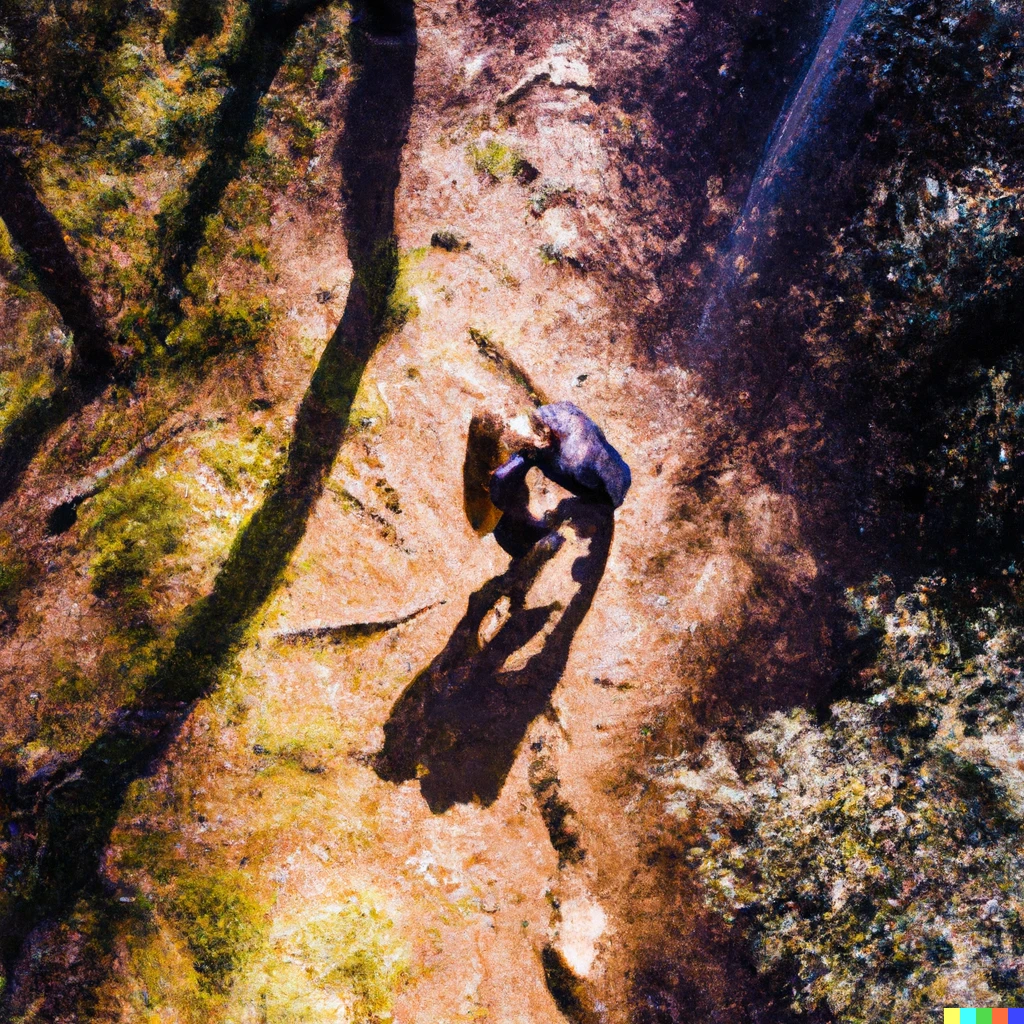
Virtual reality technology has made incredible strides in replicating natural environments and outdoor adventures. From hiking in a virtual forest to swimming with virtual dolphins, the possibilities seem endless. However, as much as we may enjoy these simulated experiences, they can never fully replace the beauty and tranquility of the great outdoors.
The Sensory Experience
The natural world offers a multisensory experience that simply cannot be replicated in a virtual environment. The feel of grass underfoot, the sound of a babbling brook, and the smell of fresh pine needles are just a few examples of the sensory pleasures that come from being immersed in nature. Even the air we breathe in a natural environment is purer and fresher, compared to the stale air in a virtual space.
The Power of Disconnecting
We live in an increasingly fast-paced and technology-driven world, which can lead to feelings of stress and burnout. Escaping into the great outdoors provides a much-needed break from the constant stimulation of our digital lives. Disconnecting from technology and immersing ourselves in nature has been shown to have numerous mental and physical health benefits. Studies have found that spending time in nature can reduce stress and anxiety, lower blood pressure and heart rate, and even boost our immune systems.
The Wonder of Exploration
There’s a sense of wonder and discovery that comes from exploring the natural world. From stumbling upon hidden waterfalls to spotting wildlife in their natural habitats, the great outdoors offers endless opportunities for adventure and exploration. Even the act of navigating through an unfamiliar trail or finding your way out of a maze of trees can be a rewarding and exhilarating experience.
| Real-Life Nature | Virtual Nature |
| Multisensory engagement | Limited sensory engagement |
| Disconnecting from technology | Increased technology usage |
| Sense of wonder and discovery | Limited exploration possibilities |
In conclusion, while virtual reality may provide some level of immersion in natural environments, it can never replace the multisensory experience, mental and physical health benefits, and sense of wonder that come from being in the great outdoors. It’s important to take a break from our screens, breathe in the fresh air, and appreciate the natural beauty that surrounds us. So, let’s step outside and connect with the world around us – we might just be surprised at what we discover.
The Limits of VR for Education: Balancing Virtual and Real-World Learning
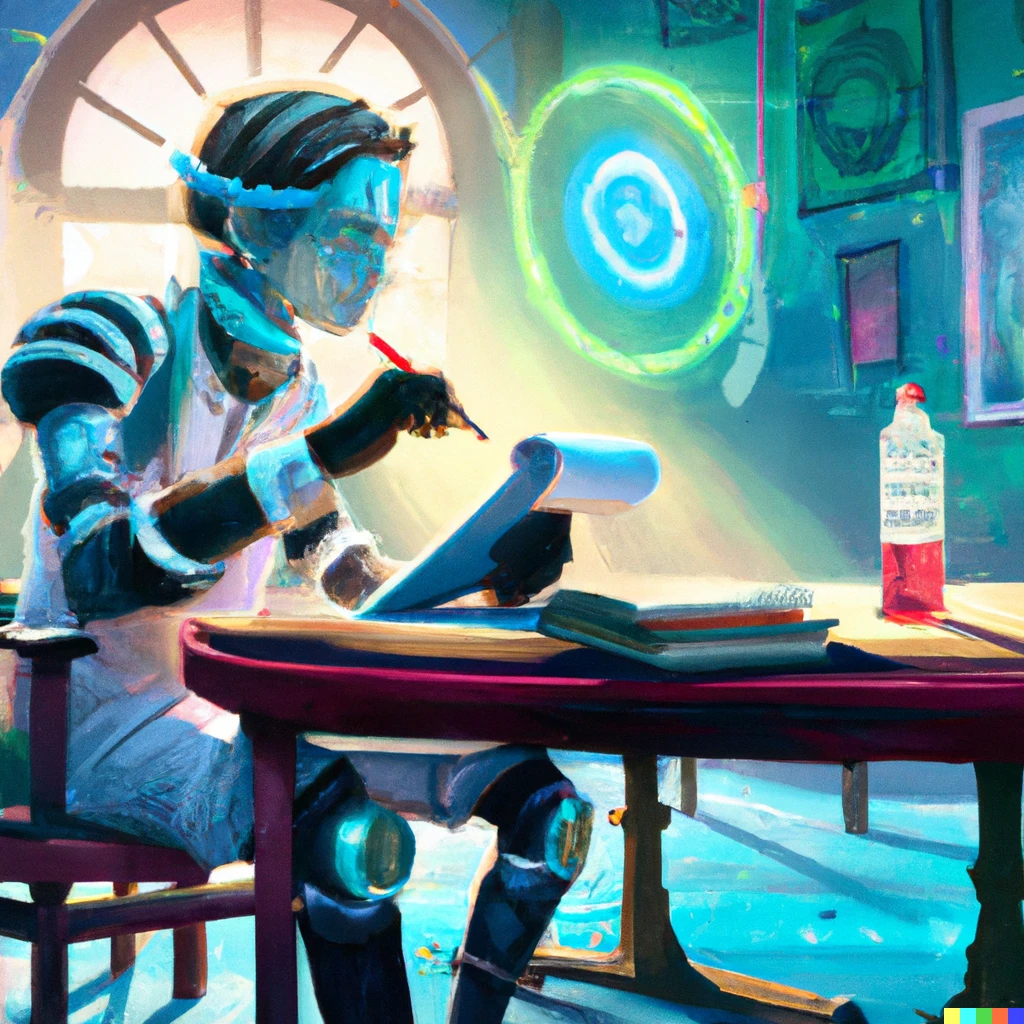
It’s no secret that virtual reality has made a significant impact on the world of education. I mean, who wouldn’t want to explore ancient ruins or conduct virtual science experiments from the comfort of their own classroom? However, as incredible as VR technology is, we need to consider its limits in education and the importance of balancing virtual and real-world learning experiences.
What’s so great about VR in education?
Virtual reality provides students with immersive and interactive learning experiences that are simply not possible in the real world. It allows students to explore subjects that may not be accessible or safe in real life, from the depths of the ocean to the vastness of space. It also offers hands-on learning experiences that can enhance student engagement and retention.
But is VR the be-all and end-all of education?
As exciting as virtual reality is, it cannot replace the importance of real-world learning experiences and social interaction. In-person learning provides opportunities for students to interact with their peers, participate in discussions, and develop critical thinking skills. Real-world learning experiences also provide students with the opportunity to develop soft skills such as communication, leadership, and problem-solving.
So, what’s the solution?
To ensure a comprehensive education, we need to strike a balance between virtual and real-world learning experiences. Virtual reality can supplement traditional learning methods, providing students with engaging and interactive experiences that enhance their understanding of the subject matter. However, it should never fully replace in-person learning experiences or social interaction.
In conclusion, virtual reality has the potential to revolutionize education, providing students with unique and immersive learning experiences. However, we need to consider the limits of VR in education and the importance of balancing virtual and real-world learning experiences to ensure that students receive a well-rounded education that prepares them for success in the real world.
Healthcare and VR: Bridging the Gap between Technology and Human Connection
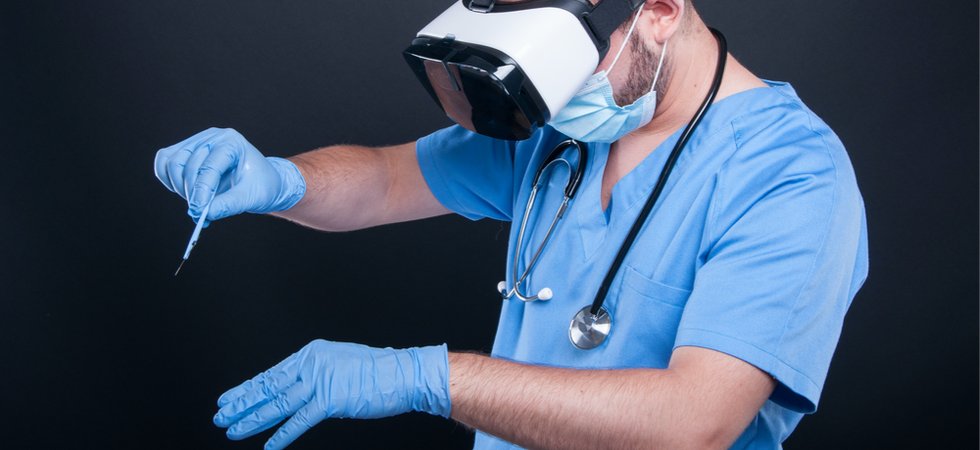
Let’s talk about the amazing ways virtual reality is transforming the healthcare industry. VR has made some impressive strides in recent years, from training medical professionals to treating patients with mental health conditions. However, as incredible as the technology is, it’s important not to lose sight of the essential role of human connection in healthcare.
The Advancements of VR in Healthcare
Virtual reality has opened up new possibilities for medical training and simulation. For example, medical students can use VR to practice surgical procedures and gain hands-on experience without the risks involved in real-life surgeries. VR can also be used to simulate medical emergencies and provide training for healthcare professionals.
VR has also shown promising results in treating patients with mental health conditions such as anxiety and post-traumatic stress disorder. Exposure therapy, where patients are gradually exposed to triggering situations in a controlled environment, has been found to be effective in treating these conditions.
The Role of Human Connection in Healthcare
While VR offers some incredible advancements in healthcare, it can never fully replace the importance of human connection. Patients need more than just a technological fix; they need the human touch and emotional support of medical professionals. Healthcare providers must strike a balance between utilizing technology to enhance patient care and maintaining human connections with patients.
As Dr. Vivek Murthy, the former Surgeon General of the United States, stated, “We cannot underestimate the power of human connection in medicine. It is not just about diagnosing and treating a condition. It is about caring for the whole person.”
So, how can VR and human connection work together?
Virtual reality can complement human connection in healthcare by providing a tool to enhance patient comfort and experience. For example, VR can be used to distract patients from pain or anxiety during medical procedures. It can also be used to transport patients to relaxing environments and provide a sense of calmness and serenity.
In conclusion, virtual reality has shown significant advancements in healthcare, but it’s important to remember the essential role of human connection in patient care. By striking a balance between technology and human connection, healthcare providers can offer a comprehensive approach to patient care that utilizes the benefits of VR while still maintaining the vital human touch.
Conclusion
In conclusion, virtual reality has transformed the way we experience and interact with the world. From education to healthcare, the possibilities seem endless. However, while the technology is impressive, it’s important not to overlook the essential role of human connection and the authentic experiences that make life meaningful.
Whether it’s the warmth of a hug, the flavors of a delicious meal, or the tranquility of the great outdoors, there are certain things that virtual reality simply cannot replace. While VR can offer unique and immersive experiences, it’s important to strike a balance between technology and real-world interactions to ensure a well-rounded and fulfilling life.
So, let’s embrace the advancements of virtual reality, but also remember to unplug and connect with the world around us – the people, the places, and the experiences that make life truly rich and meaningful.

